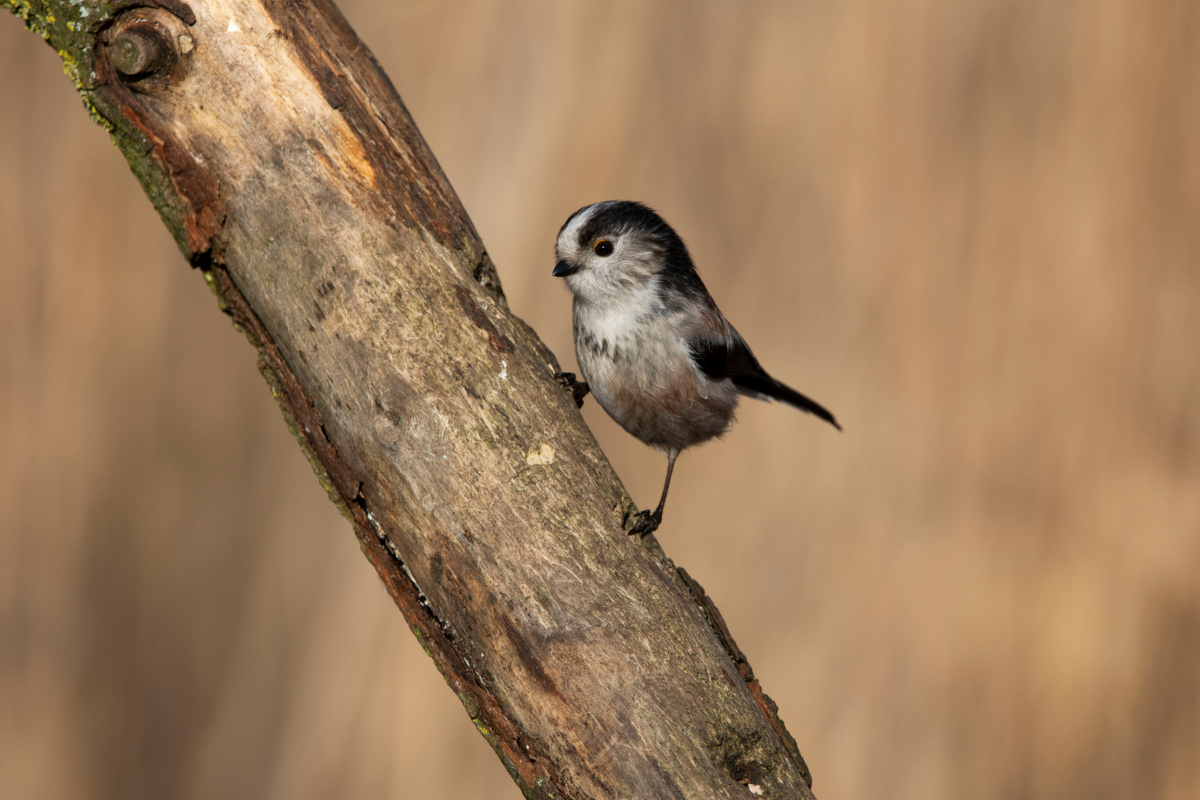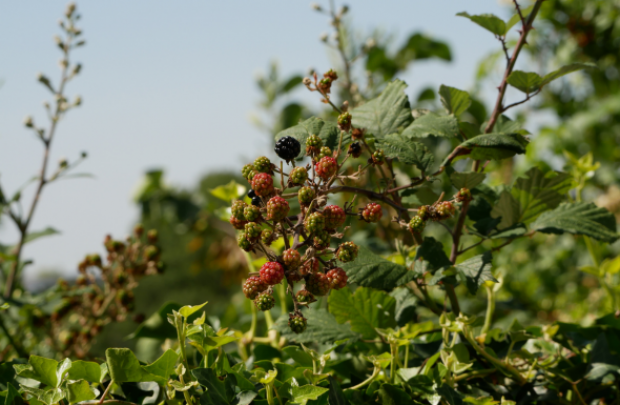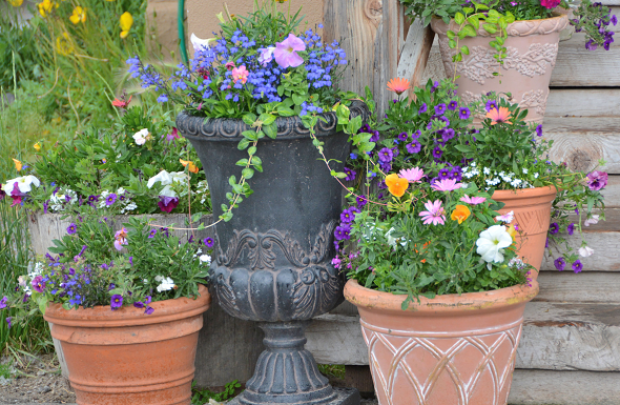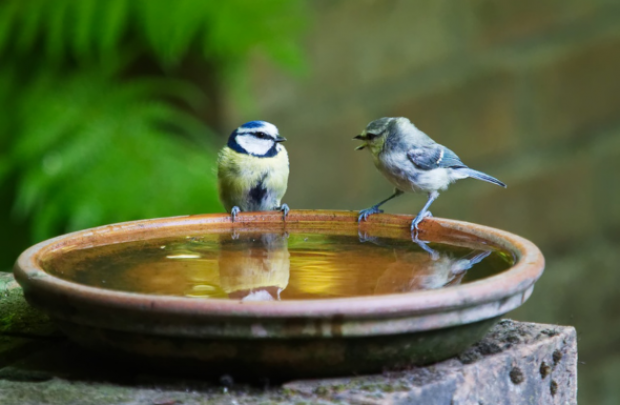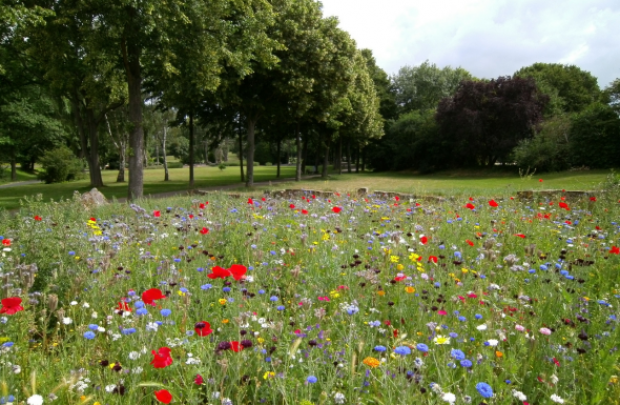Feeding the birds
By Alex Acott, Naturehood supporter
Putting out food in your garden brings in quite a variety of wildlife and often in large numbers - even getting normally secretive species to visit and offer some amazing views! Some of my best wildlife encounters has been right on my doorstep.
It is estimated that in the UK we spend over £200 million on wild bird food for our gardens each year! This is a popular hobby, and as a result, it is even contributing to conservation. The goldfinch for example was going through a long-term decline, but with the introduction of sunflower hearts and Nyjer seeds, their population is back on the rise, and it's even becoming one of our most common garden visitors.
It is a tough life being a small passerine (that's the word for a perching bird, which covers more than half of all bird species). Though having the ability to fly has been an evolutionary success and has allowed birds to diversify into over 10,000 species, it uses up a lot of energy. Being warm blooded, they also must burn more calories to maintain their body temperatures, particularly in cold weather.
Autumn and winter
As it gets colder and days get shorter, food is naturally scarce, and many animals are forced to live off their fat reserves. Fat is the most efficient energy source to burn, as it provides twice the amount of energy that protein or carbohydrates offer. You really do your garden birds a favour by providing them with foods rich in fats in autumn and winter – especially as small birds have fewer fat reserves and could starve after only a single day without food.
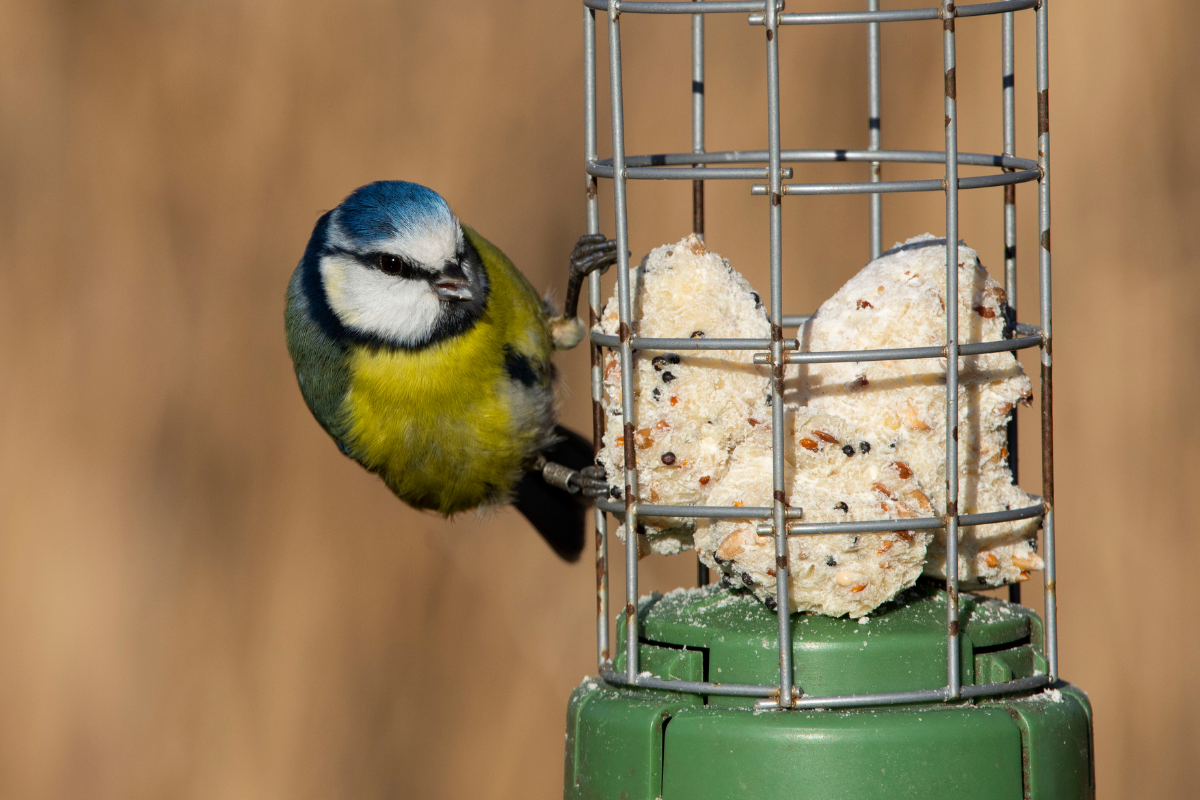
Spring and summer
Spring is the time when most birds are busy performing courtship displays, building nests, incubating their young and feeding the hungry offspring. It leaves less time to feed themselves. Fat again is important here to top up their energy reserves, but protein is particularly vital to healthy growth and developing young. Insect larvae are rich in proteins but are unfortunately becoming rarer due to urbanisation and pesticides. This means birds often must travel further in order to secure their chicks a meal, so they will be receiving meals less frequently. Depending on their age and species, baby birds may eat every 10-20 minutes for 12-14 hours per day. Some garden birds may be looking after a brood of 14, so not being able to keep up with this busy feeding schedule will lead to deaths in the brood. Understandably they really appreciate the helpful garden restaurants in their neighbourhood!
In summer, during a particularly dry spell, the ground gets too hard for some of our ground feeders such as thrushes and blackbirds to access worms and insect larvae. As a result, they are forced to find food from other sources – I even found a blackbird once eating a newt it caught from the pond. Birds tend to go through their annual moult during this time as well when it is still warm. Not only does growing a new set of feathers cost a lot of energy, but they are also more vulnerable during this time. Because of this, they tend to be more secluded in order to evade predators, but this limits the amount of time they need to find food. Like with muscle growth, protein rich foods help birds greatly to develop their feathers.
Different foods
There are a large variety of foods on the market so it can be difficult to know what works best, but I have compiled a list below that we have found to be successful all year round.
Peanuts are rich with fats and high in calories making them perfect winter food. Not only that, but they can be stored easily in caches for birds to return to. However, for our garden, they seem to be much more popular with our mammalian visitors (ie squirrels!). Instead, our blue and great tits specifically seem to prefer peanut butter (designed for birds) which is just as good. If you use peanuts though, be warned that baby birds may choke on whole ones in the spring. It is advised to put them into a wire mesh so that they cannot be taken out whole.
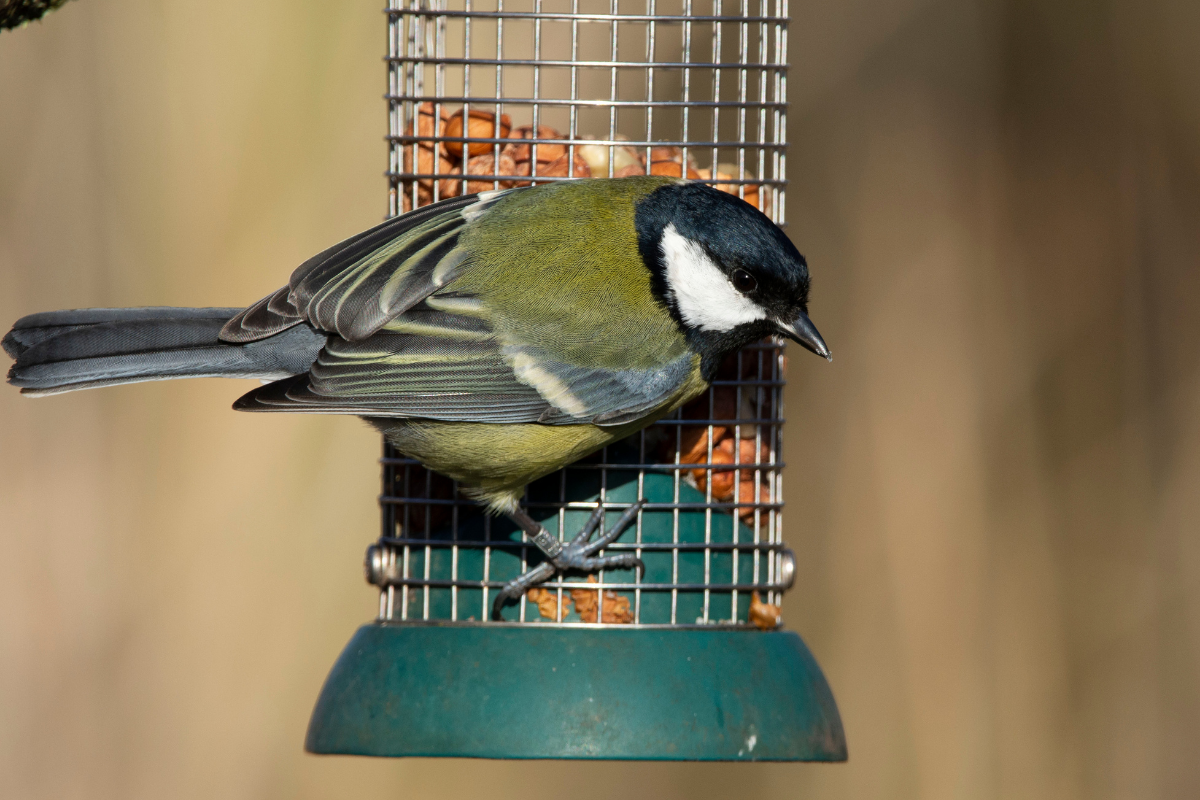
Sunflower hearts are rich in unsaturated fats and proteins and happen to be our garden's most popular food source all year round for a range of species. This includes long-tailed tit, robin, great tit, wood pigeon, collared dove, goldfinch, greenfinch and chaffinch. We have found that birds prefer these to the alternative black sunflower hearts and Nyjer seeds.
Fat balls and suet blocks are made up of fats such as lard or suet as the base then mixed with seeds, nuts and dried fruits. They give birds a massive energy boost and are most popular with our starlings, long-tailed tits, great tits and blue tits.
Several garden visitors will take insects as a good source of protein, and either dried or live mealworms are perfect. We put dried mealworms in feeders and scatter them across the ground, though soak them in water beforehand to make them easier to eat. Starlings, robins, magpies and great tits love these.
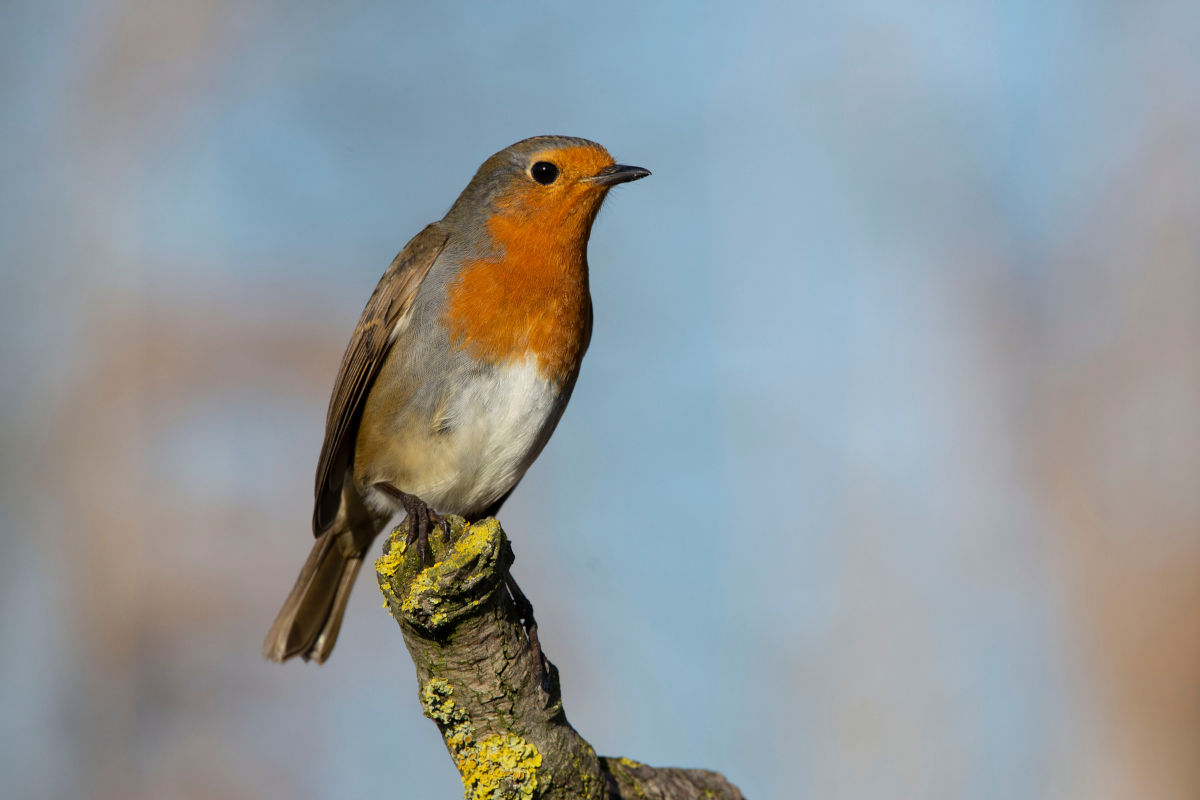
The above foods are usually served in hanging bird feeders, but remember that there are species that are more adapted to eating on the ground. Birds such as dunnocks are quite happy to just feast on the sunflower hearts that drop from these feeders, but others will benefit from a ground tray. Uncooked porridge oats on trays will benefit blackbirds, wood pigeons, collared doves and magpies – who all struggle to reach the bird feeders.
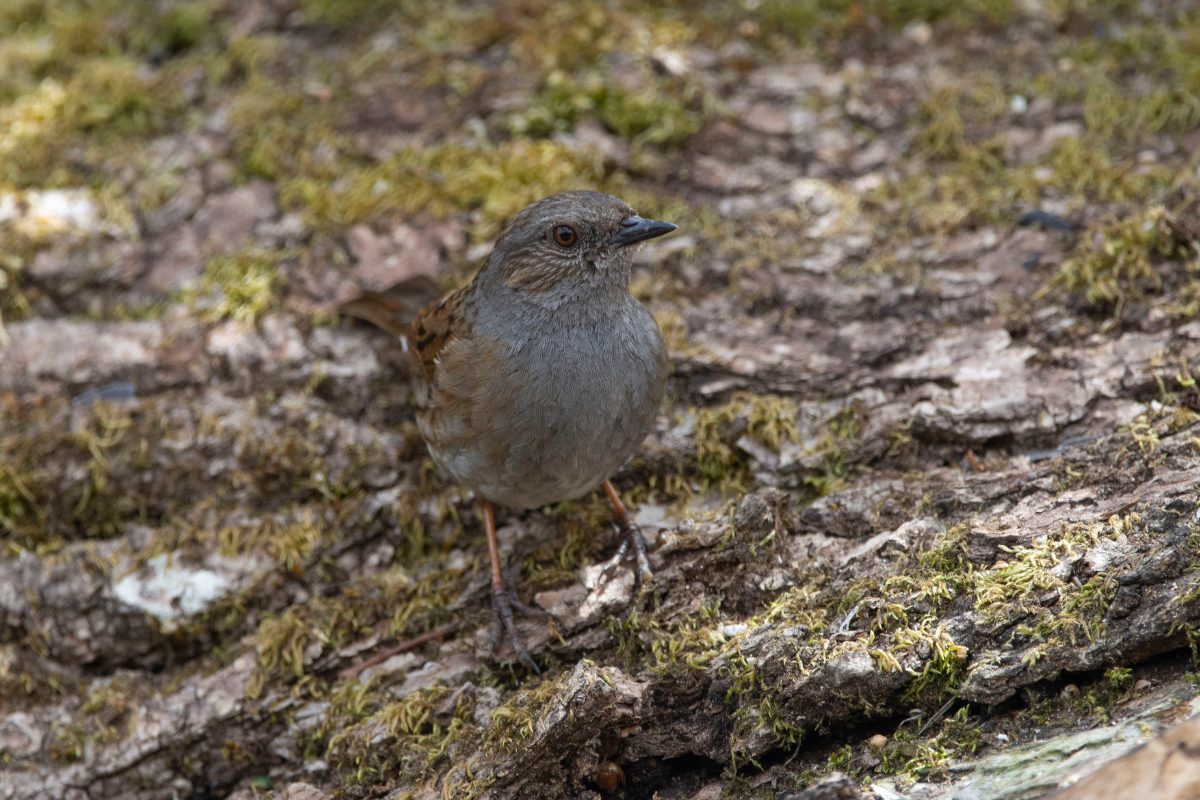
People sometimes forget that birds also need a drink! I always put a shallow bowl nearby, so that they can not only drink, but bathe too. Or better yet, build a pond with a shallow shelf. There is a great guide on the Naturehood website on how to build a pond!
Things to keep in mind
One thing of note is to regularly clean your bird feeders with a gentle 5% disinfectant solution. As many birds are attracted to the same area, disease from contaminated food sources can quickly spread. One such disease is trichomonosis – which affects the back of their throat. They eventually struggle to swallow and die as a result. It is a horrible death, and this is the last thing you want when you were trying to help your birds!
Similarly, all those birds in one place will make them an obvious target for predators. They are understandably nervous if the feeder is out in the open. Birds such as blue tits will grab a single seed then fly straight for the nearest cover, then come back for more. This wastes energy if that cover is some distance away, so it would be good to place your feeders near some vegetation.
Cover can be something of a double-edged sword, as predators can also use it to stalk. We get sparrowhawks in the garden which take a bird sometimes, but I see this as something as a spectacle! I rarely get to see hunting behaviour outside of the garden!
Predation from cats however is something that we should be actively trying to prevent. I have found that cat-scarers – which emit a high frequency that only cats can hear, do not work. Instead, we have a security camera facing the garden, which alerts us to any movement via phone. It picks up cats, so when spotted, we just go out to chase it off. This has the added benefit of being able to watch the birds in the garden even whilst we are away!
It has been shown that putting a collar-mounted warning device such as a bell on your cat can reduce predation rates of birds as much as 42%. So, if you can, talk to your neighbours to see if this can be implemented.
Natural foods
Feeding the birds can be an expensive hobby, but you do not have to keep buying food to keep them well fed. Growing fruiting trees and shrubs such as hawthorn and blackthorn will provide your birds with a much-needed sugar rush in autumn. You might even attract the migratory redwing and fieldfare who come from Scandinavia just to enjoy the fruity bonanza! We have an apple and pear tree in the garden which provides numerous fruits, but they disappear so quickly to not just birds, but insects too!
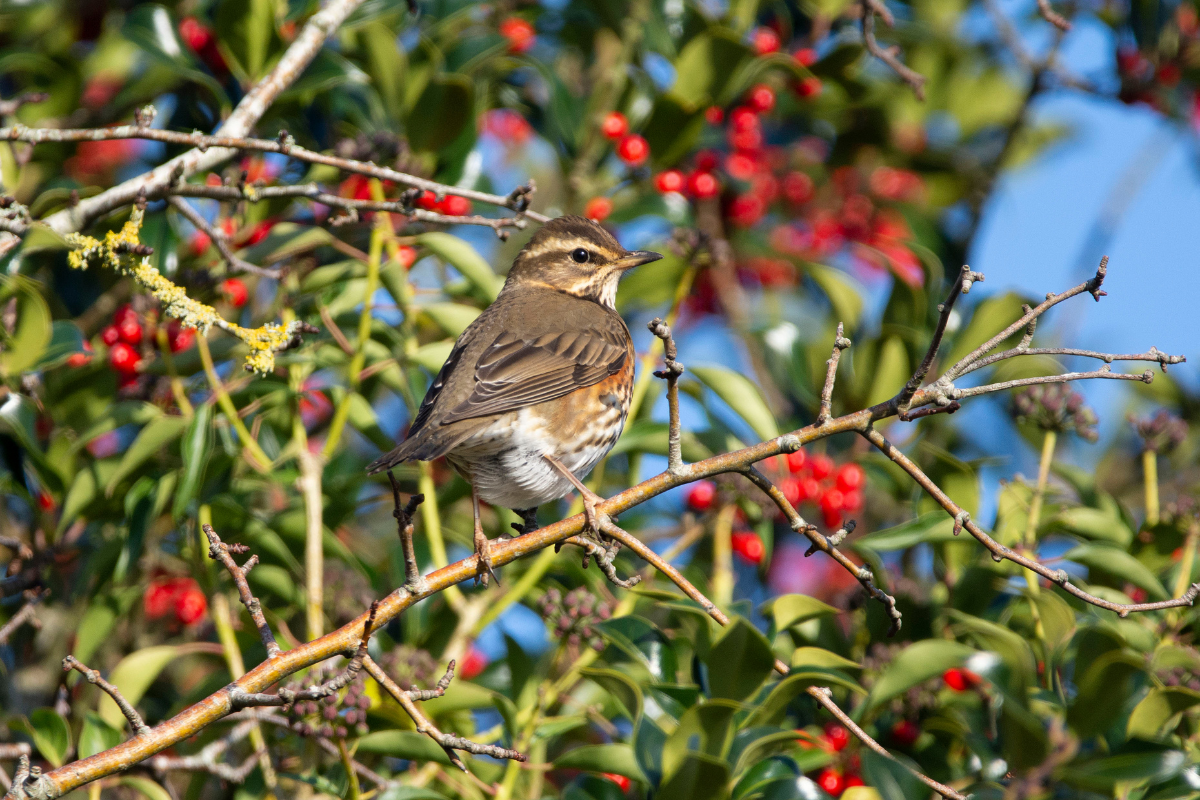
Insects and invertebrates are the basis of most ecosystems, so creating a wildlife-friendly garden with native plants and shelter will draw them in – either to eat, hide or to lay their eggs. This in turn will bring in the birds. A blue tit chick for example can eat a hundred caterpillars each day, and these birds commonly have a brood of ten. So, you will need your Naturespace to be well stocked! Check out the Naturehood guides on all the features to attract the invertebrates and boost biodiversity!
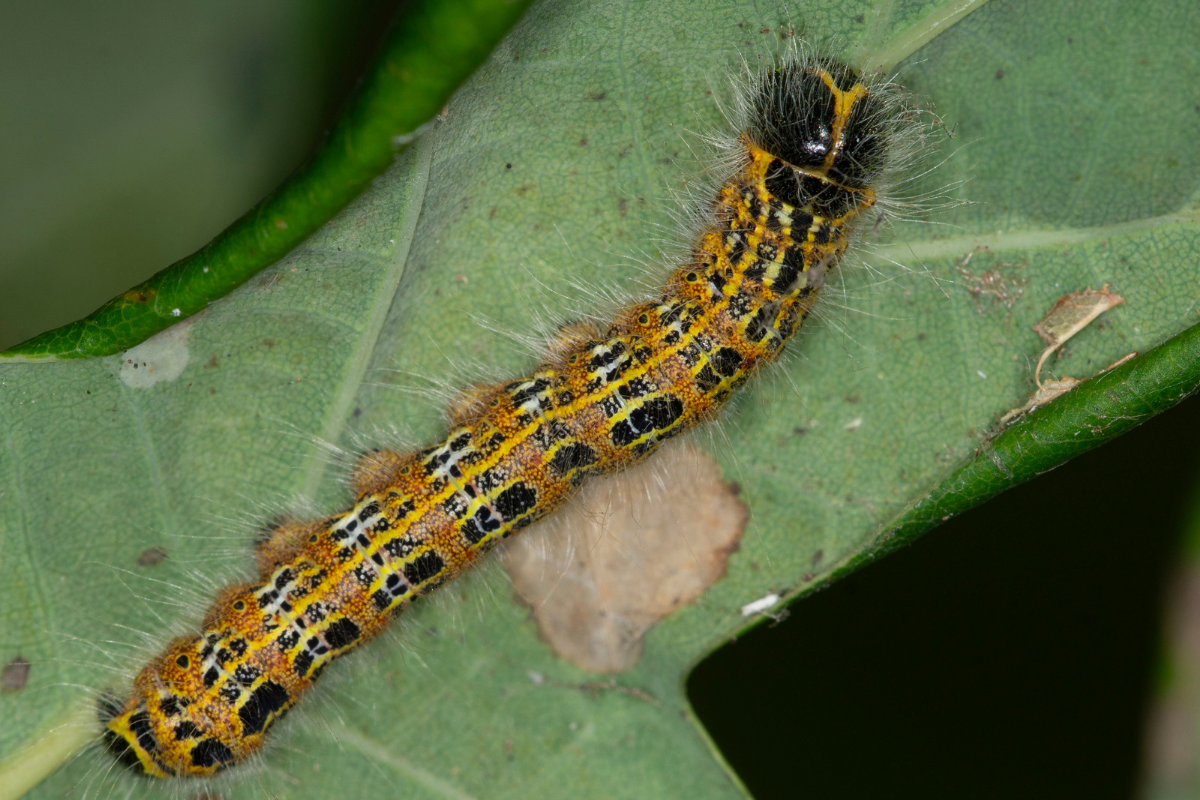
Enjoy it!
One of the most important aspects of feeding the birds is to enjoy it and to do that, the feeders and birds need to be easily visible from the window. Ideally from a room you use regularly. Your garden can be alive with activity, and it would be such a shame to miss the action! And if you are into photography, make some attractive perches such as deadwood branches against a nice backdrop. You have some degree of control on where you want your subject, so it allows you to be creative which can lead to some super shots!
I watch them every day, and still see new species come to visit or some new behaviour. I have learnt so much just by watching them and how they react with each other and other species. It is a fantastic hobby and I hope you get as much enjoyment out of it as I do!
